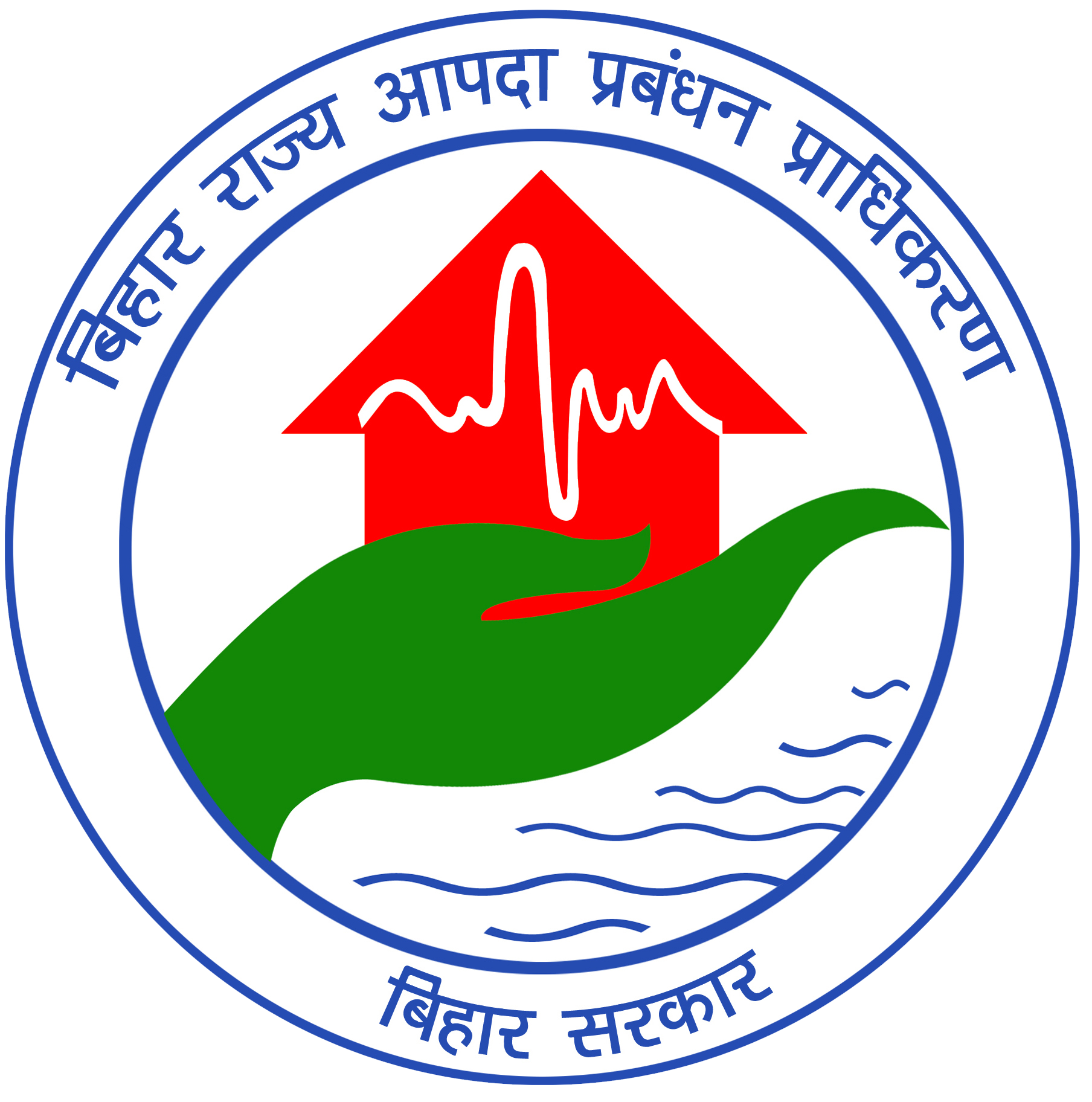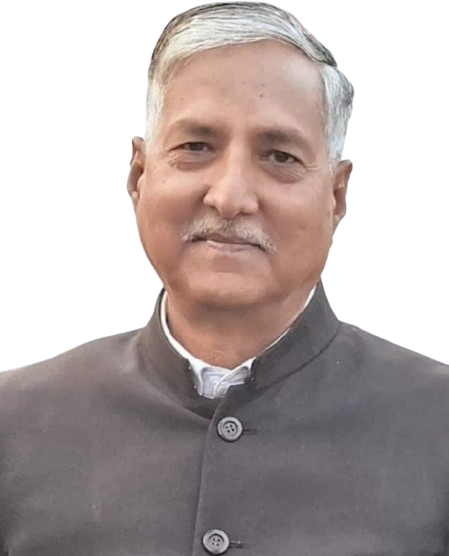Mr. Rai has been engaged in disaster /emergency management for past several years, not only as a disaster management policymaker but also as a response specialist.
In addition to his work, as a career police officer, he has been involved in managing serious disasters that happened in the state:
starting with the Kosi disaster of 2008 and floods in the districts of Araria, Kishanganj, and Purnia in the year 2017and both were responsible for a large number of human casualties. In recent years, there were many more occasions where he has been involved at the policy level or in the actual implementation of response activities.
He has had very enriched involvement in knowledge sharing and capacity building of stakeholders in Bihar as well as outside Bihar through his continuous association with the
- Bihar Institute of Public Administration and Rural Development (BIPARD 2006 to 2018 as a faculty head of the Centre for Disaster Management) and national-level centers of excellence including,
- Lal Bahadur Shastri National Academy of Administration (LBSNAA) Mussoorie,
- National Institute of Disaster Management (NIDM),
- Yashwantrao Chavan Academy of Development Administration in Pune,
- and the National Disaster Management Authority (NDMA).
At Indian Institute of Tropical Meteorology (IITM), Pune he has been nationally recognized as a master trainer for the Incident Response System. After his superannuation as the Director General of Police, Home Guards, and Fire Services, where he had tremendous success in developing the capacity of fire services for firefighting, but more fire prevention, and mitigation.
He was instrumental in creation of the institutional framework for fire services at district and state levels and also creation of fire safety rules, which today are being implemented in the state. Upon his elevation to Member of the Bihar State Disaster Management Authority (BSDMA), he has contributed to building the capacity of community responders as well as government functionaries at various levels by designing and developing capacity-building programs and implementing them.
He has been actively involved in capacity-building programs for differently-abled persons, self-help groups, (Jeevika Didis) and many more. He also played an important role in developing the Bihar State Disaster Resource Network (BSDRN),
a web-based platform for managing the inventory of equipment, skilled human resources, and critical supplies for emergency response. The primary focus of the portal is to enable decision-makers to find information on the availability of resources required to combat emergencies. He has developed indepth insights in three of the most fatal disasters of Bihar, i.e. drowning, heat, & lightning responsible for a large number of deaths, mostly youth.
By continuous & detailed study of the disaster on basis of which policy interventions have been designed. With the climate getting trickier and creating new challenges through extreme weather conditions like rising temperatures, flash floods, and heavy rains, he has been continuously engaged with the departments of Government of Bihar, NDMA, and other organizations working in this area to develop programs and activities for adaptation and response to climate change conditions. One of these is the development of a Heat Wave Illness Management System for the most vulnerable hospitals and areas.
This work is being done with the support of the World Health Organization (WHO) and the Bihar Health Society, alongside awareness and capacity-building programs for those engaged in urban area governance.





 Back
Back
